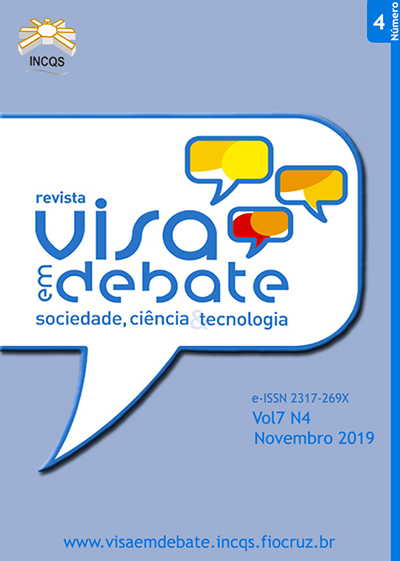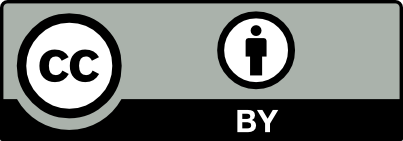Biovigilance and transplantation models and initiatives: a narrative review
DOI:
https://doi.org/10.22239/2317-269X.01403Keywords:
Biosurveillance, Tissue and Organ Procurement, Transplant, Patient SafetyAbstract
Introduction: Biovigilance presents a new opportunity for growth and improvement of the donation-transplantation process. Biovigilance is defined as the monitoring and control of procedures involving human cells, tissues and organs, from donation to the clinical evolution of the recipient and the living donor, in order to obtain and provide information on risks and adverse events, and to prevent its occurrence or recurrence. Objective: Describe biovigilance and transplant models and initiatives in Brazil and worldwide. Method: Narrative review of national and international literature on biovigilance and transplantation models in Brazil and worldwide. Results: The risk is present in all stages involving the donation-transplantation process, and implies continuous surveillance. Bio-surveillance initiatives around the world involve institutions such as the World Health Organization and Italy’s National Transplant Centre, which support the sharing of surveillance information published for teaching purposes and for greater public transparency and which, together with Member States of the European Union, aim to support the development and strengthening of the capacity to monitor and control quality, safety and effectiveness in this area. The Australian Government has an initiative that collects information on serious adverse events and reactions related to organ donation and transplantation, but it does not yet have an integrated surveillance system. Brazil, through its National Sanitary Vigilance Agency, has been monitoring the adverse events analysis, but that database needs to be integrated with that of the National Transplantation System. Conclusions: Having National efforts to address international initiatives with the World Health Organization is urgent, thus incorporating measures to implement a culture of quality and safety in the donor-transplant process, with innovative care modelling. It is also necessary to return back to society the high investments done in an efficient and effective manner.
Downloads
Downloads
Published
Issue
Section
License
Copyright (c) 2019 Health Surveillance under Debate: Society, Science & Technology (Vigilância Sanitária em Debate: Sociedade, Ciência & Tecnología) – “Visa em Debate”

This work is licensed under a Creative Commons Attribution-NonCommercial-NoDerivatives 4.0 International License.
COPYRIGHT ALLOWANCE The author (s) hereinafter designated as the ASSIGNOR hereby assign and transfer, free of charge, the ownership of the copyrights related to this ARTICLE to the Vigilância Sanitária em Debate: Sociedade, Ciência & Tecnologia (Health Surveillance under Debate: Society, Science & Technology) – Visa em Debate, represented by FUNDAÇÃO OSWALDO CRUZ, established at Av. Brasil, nº 4365, Manguinhos, Rio de Janeiro, RJ, Brazil, CEP 21045-900, under the conditions set out below: (a) The terms and conditions set forth in this Agreement shall apply to the following: 1. The ASSIGNOR declares that they s(he) is (are) the author (s) and owner (s) of the copyrighted property of the ARTICLE submitted. 2. The ASSIGNOR declares that the ARTICLE does not infringe the copyrights and / or other property rights of third parties, that the disclosure of images (if any) has been authorized and that they s(he) assume(s) full moral and / or property liability for its content, before third parties. 3. THE ASSIGNOR assigns and transfers all copyrights relating to the ARTICLE to the ASSIGNEE, especially the rights of editing, publication, translation into another language and reproduction by any process or technique. The ASSIGNEE becomes the exclusive owner of the rights related to the ARTICLE, and any reproduction, totally or partially, is prohibited in any other means of publicity, printed or electronic, without prior written authorization from the ASSIGNEE. 4. The assignment is free and, therefore, there will be no remuneration for the use of the ARTICLE by the ASSIGNEE.






